Coordinated circadian timing through the integration of local inputs in Arabidopsis thaliana
Data and Resources
-
Open Access PDFPDF
PLOS Biology
-
Model and code
Underlying quantitative data and model code
Additional Info
| Field | Value |
|---|---|
| Source | |
| Version | |
| Authors |
|
| Maintainer | |
| Maintainer Email | |
| Article Host Type | publisher |
| Article Is Open Access | true |
| Article License Type | cc-by |
| Article Version Type | publishedVersion |
| Citation Report | https://scite.ai/reports/10.1371/journal.pbio.3000407 |
| DOI | 10.1371/journal.pbio.3000407 |
| Date Last Updated | 2019-10-14T00:30:29.417503 |
| Evidence | open (via page says license) |
| Funder code(s) | Gatsby Charitable Foundation (GAT3395/GLC); Biotechnology and Biological Sciences Research Council (BB/K018078/1, BB/K017152/1) |
| Journal Is Open Access | true |
| Open Access Status | gold |
| PDF URL | https://journals.plos.org/plosbiology/article/file?id=10.1371/journal.pbio.3000407&type=printable |
| Publisher URL | https://doi.org/10.1371/journal.pbio.3000407 |
